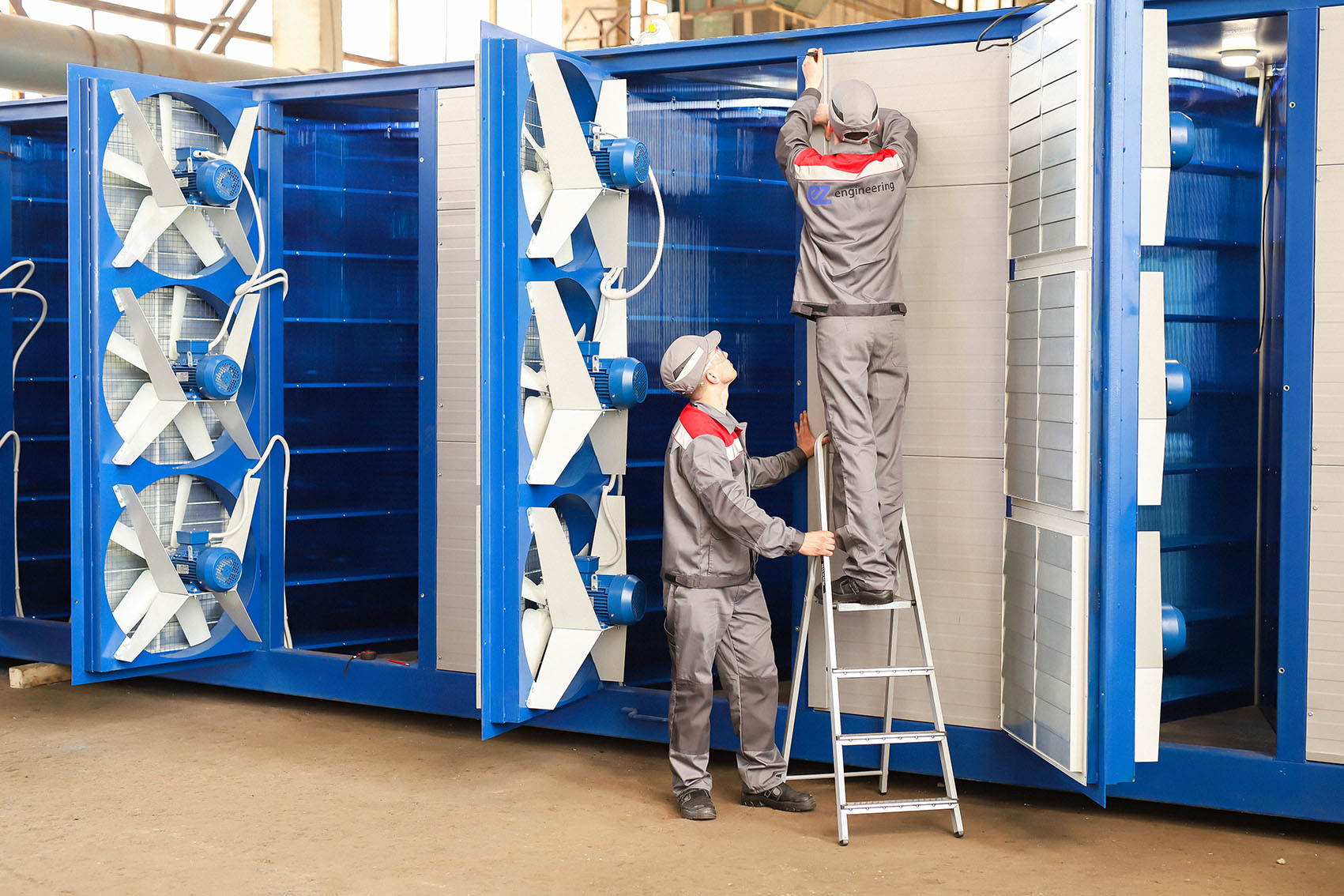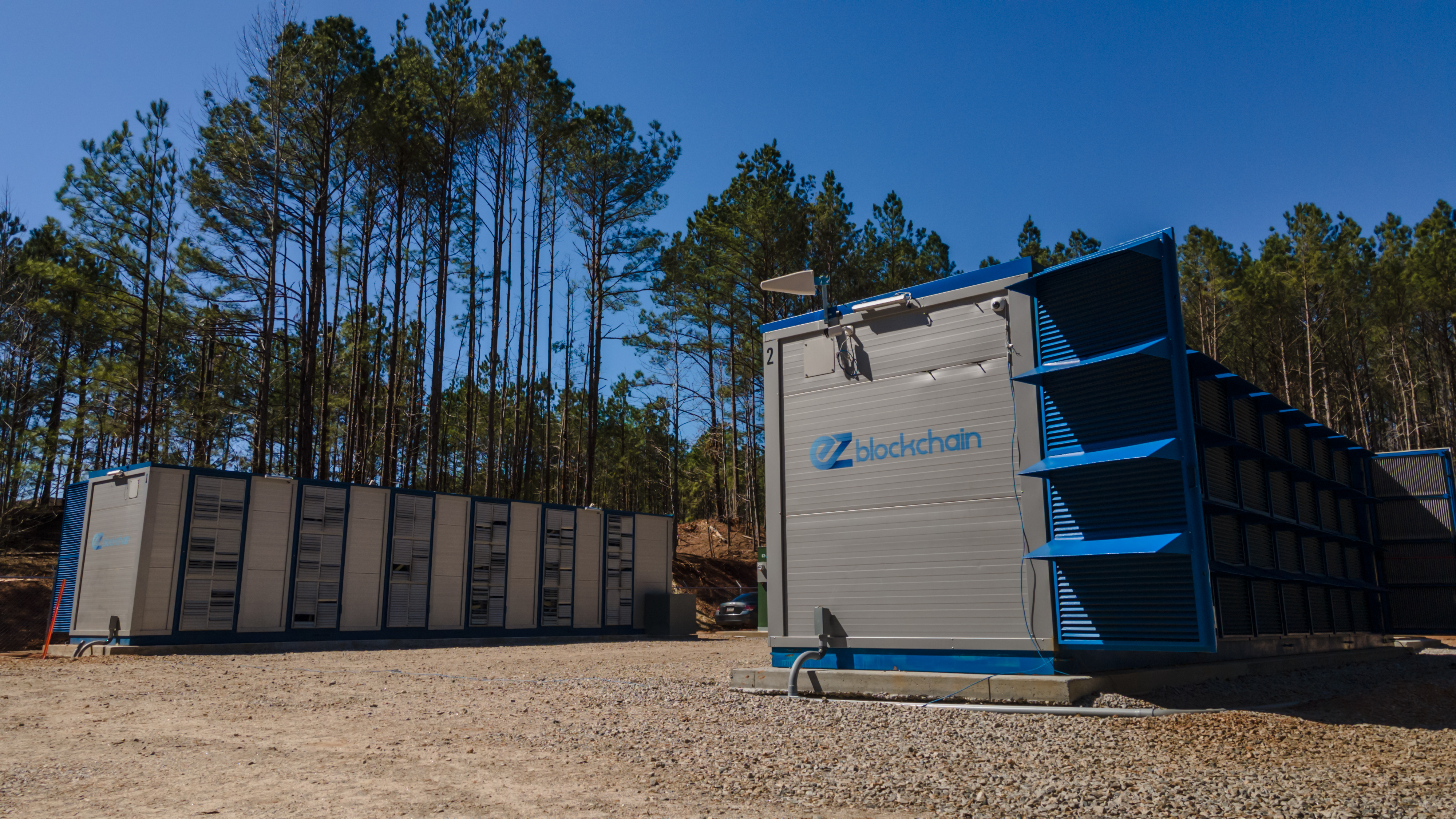Count me in!
Stay up to date with the latest news, announcements, and articles.
With crypto fever sweeping the Great White North, more Canadians are trying their hand at mining. But cold winters and high electricity prices present challenges.
Should you buy or rent a bitcoin mining container for your operation?
What factors matter most when choosing a crypto mining container in Canada?
Let’s break it down.
Crypto mining containers in Canada give owners and investors the ability to swiftly relocate their mining operations. The main purpose of a crypto mining container is to offer a scalable, flexible, and efficient environment for a crypto mining operation. Miners can easily relocate their operations to places with better conditions, like lower power costs or milder temperatures, by moving these containers around.
This mobility is essential for maximizing mining operations’ profitability and sustainability. External factors such as changes in energy prices and regulations can greatly impact operational margins, especially in fields where these issues are critical.
Choosing the best crypto mining container depends on various factors that match the specific needs of potential miners in the crypto mining industry:
Customary maintenance is fundamental for the legitimate running of a crypto mining farm, especially for containerized mining tasks. This includes ordinary assessments and support of cooling frameworks, power supplies, and mining hardware. Container maintenance may be more challenging due to their constrained design, which necessitates specialized expertise and equipment.
For Canada cases, security is equally a concern. Since compartments frequently convey significant mining gear and are now and then positioned in severed or less secure areas, safeguarding these resources from burglary or harm requires additional safety efforts. This still makes choosing the right container a daunting
Crypto mining has a major impact on the environment, particularly in terms of energy consumption and carbon footprint. Even though you can relocate mining containers to places with renewable energy, big mining operations still use a ton of energy. There are some environmental benefits to using containers, including improved mining efficiency. This includes activities like the ability to use gas that has been flared or stranded, which reduces waste.
In any case, the area all in all stands up to obstacles in turning out to be more practical and environmentally dependable. Compartment plan developments that focus on energy productivity and the consolidation of sustainable power sources are basic strides toward limiting crypto mining’s ecological impact.
Scalable solutions gain importance as the demand for crypto mining grows in Canada. Mining containers are fundamentally modular, much like a mining farm, allowing Canadian miners to start with just one and add more as their operations develop. Miners can increase their mining capacity without spending a lot of money upfront on permanent equipment, thanks to this flexibility.
The adaptability of a mobile mining unit is one of its greatest benefits. It allows containers to successfully move and set up their tasks in various settings, which can altogether affect their productivity. The size of the unit can influence the number of mining gadgets that can be housed in it. The competence and overall capacity of mining may suffer as a result. Planning a large-scale operation may require multiple containers, which could raise logistical complexity and operating costs.
Many current cryptocurrency mining containers in Canada have efficient cooling systems. They aim to increase airflow, reducing the energy needed to maintain mining equipment at optimal temperatures. Additionally, some containers are specifically designed to use unused or flared gas. This is a side effect of oil creation that would somehow go to waste. These containers not only help to reduce environmental waste but also improve energy efficiency.
Canadian miners should consider:
Contingent upon your working climate and cooling effectiveness necessities, pick between standard air cooling and more current frameworks. For example, drenching cooling.
Miners must conduct an in-depth cost analysis to guarantee profitability. They should include:
This is largely determined by the size and transportation costs associated with getting the container to its destination. While thinking about each of the options at hand, costs vary enormously for different Canadian cases. Any mining decision you make should be based on your financial plan. Numerous diggers settle on poor monetary choices and later come to lament them. Another mistake is buying economical containers that end up costing more over the long haul. It is necessary to assess your power necessities and the overall cost of establishing a crypto mining farm.
Pick the best item for you, utilize legitimate ventilation, and plan sufficiently for your mining campaign. Do not get caught up in the competition to make money from power bills. In Canada, there is a miner container host that charges per miner. Pricing for a 20-foot option has ranged from approximately CAD 12,500 to CAD 375,000 for a 40-foot immersion cooling system. Overall, the expense seemed to be somewhere between CAD 1,500 and CAD 2,000 per foot of compartment.
This means we found that in most of Canada’s cases, 20-foot containers cost between CAD 30,000 and CAD 40,000, while the 40-foot container options were priced between CAD 60,000 and 80,000. Be careful, in any case, that this is an overall methodology. Assuming we prohibit the more modest Chinese and Eastern European decisions, the expense per foot quickly ascends to CAD 2000 or more. These costs do not include transportation and arrangement charges.
Crypto mining containers have become a basic part of the growing digital currency mining space. They are a significant development in the digital money mining space where top companies like EZ Blockchain are thriving. Their ability to adjust to evolving conditions and potentially diminish natural effects makes them a significant part of the advancements in crypto mining, particularly in improving mining efficiency. As the innovation continues to evolve, the capability of these containers will see significant growth in the future. Investors who want to remain afloat in crypto mining will have to leverage the convenience and unlimited potential of containerized solutions.
Fill out a form and our bitcoin mining expert will contact you.
FREE CONSULTATIONFill out a form and our bitcoin mining expert will contact you.



